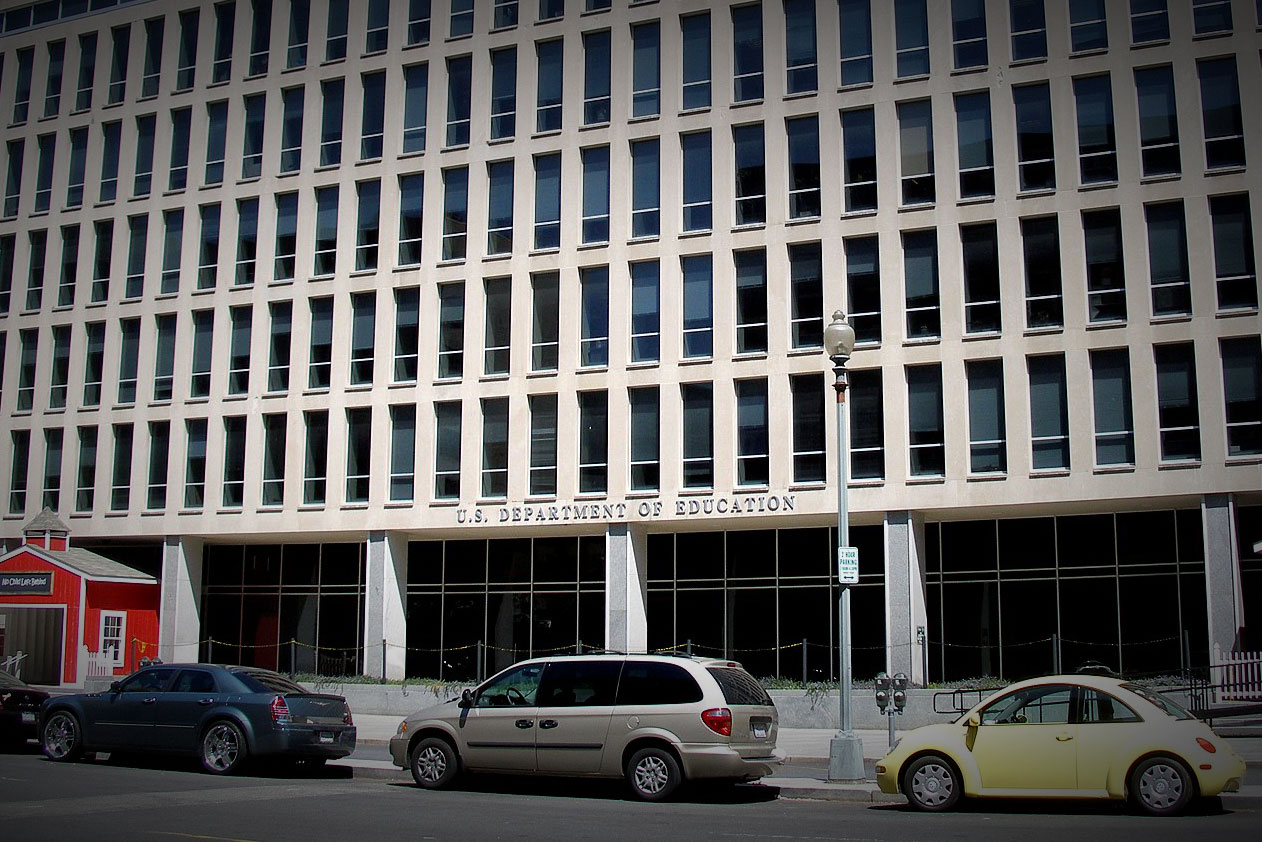
October 7, 2021
Broadly conceptualized, federal-state partnerships refer to collaborations between the federal government and states to create or implement policy. In the higher education policy arena, such partnerships have the potential to transform how higher education is funded and regulated, making college more affordable and more accessible to a larger number of students. Nationally, state-level funding for higher education has not kept pace with the cost of doing business. As a result, public institutions have become more reliant upon tuition as a vital source of revenue, causing tuition prices to rise substantially. To prompt states to invest more of their own dollars in higher education—and thereby reduce the cost burden for students—federal policy can provide funding for states to increase their financial investments in higher education.
The federal government has created such partnerships on occasion, such as in the American Recovery and Reinvestment Act (ARRA) of 2009, which research has found to be effective at encouraging state investment in higher education. In light of this evidence, college affordability proponents have argued that federal-state partnerships can be a valuable tool to encourage states to invest in higher education and to keep tuition and fees low. A number of federal policymakers have likewise identified federal-state partnerships as a path to improving college affordability. For example, several Democratic members of Congress—including the chair of the Senate Health, Education, Labor, and Pensions Committee, the chair of the House Education and Labor Committee, and other members of those committees—have introduced legislation that would create a federal-state partnership to provide community and technical college students with two years of free tuition. Federal-state partnerships were likewise included in the CARES Act of 2020 and the American Rescue Plan of 2021—COVID-19 stimulus legislation enacted during two different presidential administrations—to encourage state investment in higher education.
As these examples illustrate, federal-state partnerships have become a fairly common topic in conversations about college affordability and the federal government’s role in higher education. Yet the academic literature lacks a broader conceptual analysis of how federal-state partnerships function in the higher education policy arena. Are such partnerships necessarily direct? Are they necessarily cooperative? Do they always involve funding? And what, if any, additional parties are involved in these partnerships?
The purpose of this analysis is to understand the forms and functions of federal-state partnerships in higher education policy and to advance a typology of such partnerships. Understanding how intragovernmental partnerships function can assist policymakers with the design of future federal-state partnerships and can provide policy advocates and other stakeholders with a greater understanding of how such partnerships may be a vehicle for promoting higher education affordability, accountability, and equity. This analysis also considers the roles that local governments and higher education institutions have played in federal-state partnerships, as they are important policy actors in the sector.